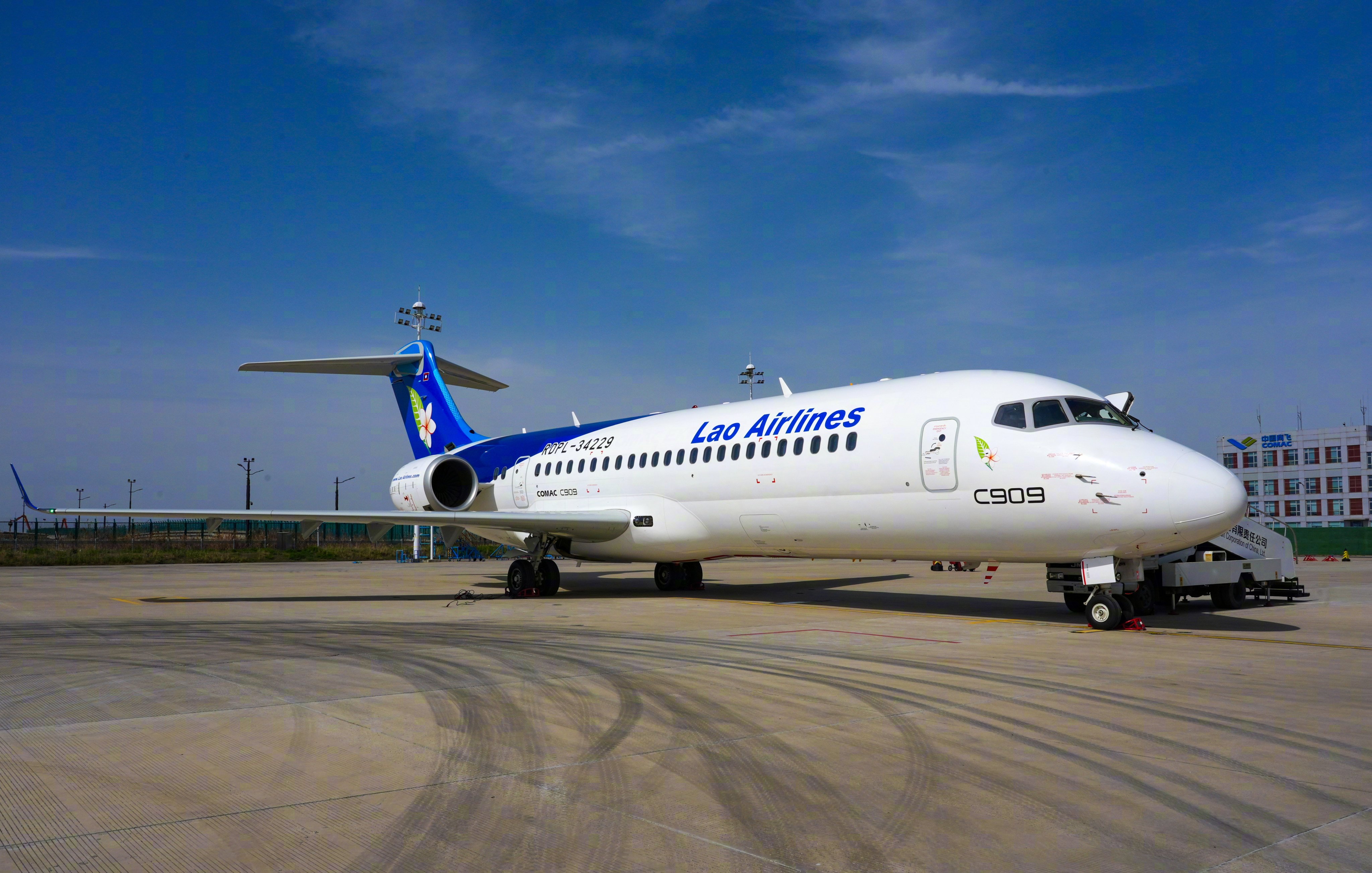China steps up global aviation expansion as Comac bids for Laos carrier
Laos’ flag carrier would reportedly agree to use Comac jets as part of the deal, as the Chinese aviation firm continues its push into Southeast Asia

The Commercial Aircraft Corporation of China (Comac) has reportedly bid to take a majority stake in the flag carrier of Laos, as the state-owned Chinese aviation firm continues its push to expand its market in Southeast Asia.
The deal – which is pending approval by the Lao authorities – would see Comac help Lao Airlines overhaul its operations and stem its losses in exchange for the carrier agreeing to use the Chinese company’s passenger jets, Vientiane Times quoted Prime Minister Sonexay Siphandone as saying on Monday.
Comac and Lao Airlines already signed a memorandum of understanding on a potential deal in October 2024, and an independent auditing firm has been hired to value Lao Airlines and examine its liabilities.
The Lao carrier also recently acquired its first C909 jet – a narrowbody Comac model for regional routes – through a lease agreement. The jet is now flying key domestic routes in Laos, with plans being made for it to begin flying on international routes between Laos and China.
The Lao government is “considering Comac’s proposal on a comprehensive joint venture, particularly its proposal to hold at least a 51 per cent stake”, Prime Minister Siphandone told the Lao National Assembly.
The bid is just the latest move by Comac to expand its presence in Southeast Asia, as the Chinese firm strives to prove the reliability of its planes to Western regulators and ultimately position itself to compete with Airbus and Boeing in the international market.
Brian Yang Bo, an aviation industry veteran and consultant, said the Laos deal mirrored the strategy Comac used when selling its C909 jets to TransNusa – a budget airline in Indonesia.
TransNusa was acquired by Chinese investors in 2020, and two years later it became the first overseas carrier to deploy Comac aircraft. Its C909 fleet has since expanded to serve domestic and international routes connecting Jakarta, Bali and Guangzhou in southern China.
“It’s about China making investments in Southeast Asia and creating or sweetening purchase deals for the C909 and even C919,” said Yang. “Many carriers in the subcontinent lack tech or capital, so such investments and joint ventures make sense.”
It was logical for Comac to begin its international expansion by focusing on Southeast Asia, Yang added.
“It is easier to raise the overseas profile of the C909 and C919 as many governments there are Beijing’s de facto allies and they recognise Chinese airworthiness and safety standards,” he said.
Laos is a market with “potential” for Comac, according to Yang, as it has close relations with China and is the only landlocked country in Southeast Asia, meaning its transport sector is highly dependent on aviation.
In Vietnam, budget airline VietJet Air struck a deal earlier this year to lease two C909 jets from China’s Chengdu Airlines.
But Comac is facing delays in securing certification for the C919 – its first mainline aircraft with performance metrics close to the Boeing 737 and Airbus A320 – from European aviation authorities, making it difficult for the company to expand its sales beyond Southeast Asia.
China’s leaders are pushing for C919 certification to be discussed at a crunch trade summit with European leaders in Beijing in July, a source with knowledge of the matter told the Post.
Comac’s deals in Southeast Asia are partly about showcasing its planes’ reliability and ability to adapt to foreign markets, which may help the firm make its case to global regulators, Yang noted.